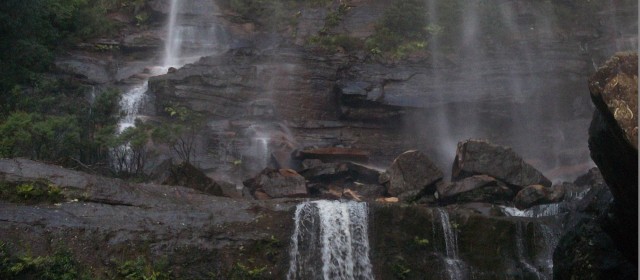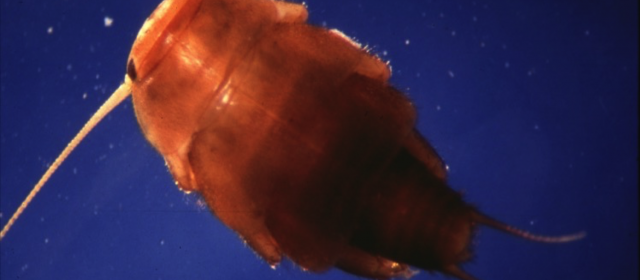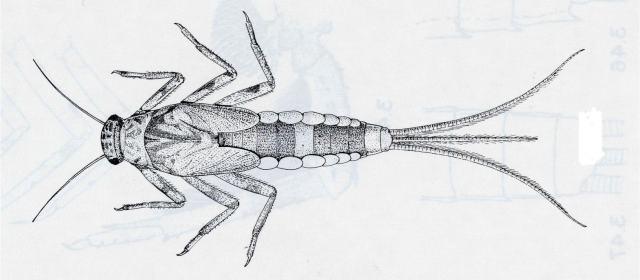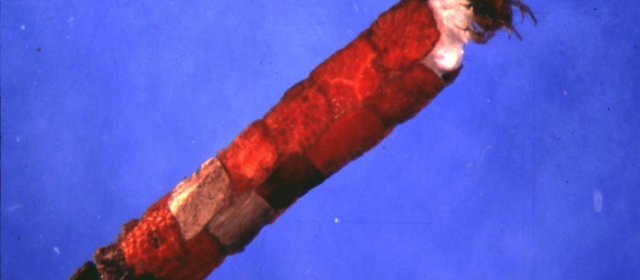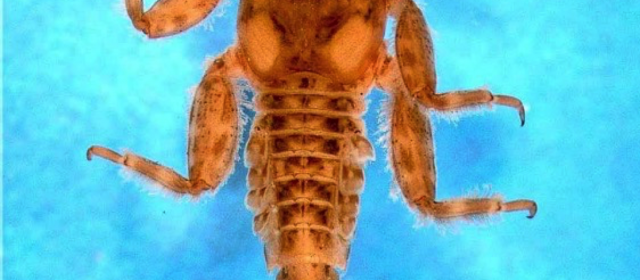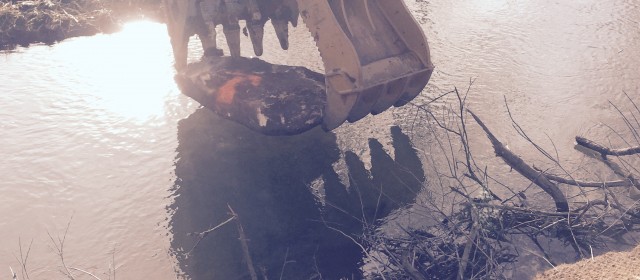The EQI program at UNCA has been collecting water quality data from streams in the Asheville area for many years and the SMIE program has had volunteers collect benthic insects from a large subset of these locations. Dave Penrose has helped with volunteer training for several years and does quality control of the volunteer samples. Working with volunteer monitors has always been one the most rewarding aspects of my work.
Read MoreThe Pesterfield Group has subcontracted to PE to collect and analyze the aquatic insects of this watershed restoration project on the Buncombe/Heywood county line. This catchment was formerly slated as golf course community, but failed leaving streams sediment filled. The project has not received permits at this point, but once permitted work will begin to stabilize the catchment and transport sediment. PE will be looking at the...
Read MoreNorth Carolina State University was awarded a wetland monitoring grant from the Environmental Protection Agency. PE has been contracted to collect and analyze the benthic macroinvertebrate populations from 15 wetland features in North Carolina. The field work will be conducted in February 2016.
Read MorePenrose Environmental will be collaborating with other researchers on a 319 funded project in Cary, North Carolina to re-assess the quality of Black Creek. Data were collected from several sites in Black Creek in 2006 which demonstrated that there are undefined water quality perturbations in the catchment. It will be interesting to note improvement in this catchment following the implementation of best management practices. Stay...
Read MoreDave Penrose has been identifying benthic insects with the Mainspring Conservation Trust (formerly the Little Tennessee Land Trust) for many years. This volunteer-generated data set is perhaps one of the largest for any river basin in the southeast and includes data from many small streams as well as from the Little Tennessee River. Data are summarized by the Mainspring Conservation Trust each year to determine trends in water...
Read MorePE is currently subcontracted with Patrick Barber to test the effectiveness of Habitubes in four streams in the Greensboro area. Habitubes are used to mimic natural leaf packs and are being tested as a tool for relocating benthic insects (shredders primarily) into recently restored streams. It is hoped that more testing of this protocol in North Carolina and in the southeast will occur in 2016.
Read MorePE was hired to teach a 3-day workshop to provide benthic insect collection guidance to the staff Greensboro’s Stormwater Services. These biologists were given powerpoint presentations, ‘in-the-field’ demonstrations and then were given written and field tests as a form of competency. The protocols for this workshop were similar to those also given while Dave Penrose was at NCSU and teaching these protocols to consulting...
Read MoreOne of the most significant issues facing many stream restoration managers is the ability of the new stream feature to retain organic matter. The retention of organic material is an important functional feature of all streams. PE has been working cooperatively with Will Harmon at Stream-Mechanics on the development of a shredder metric that which will be used as a surrogate measure of organic retention. Benthic insect data used to...
Read MorePE has been awarded a multi-year contract with the City of Durham to collect benthic insects during spring and summer surveys. Many of the streams in Durham County are within the Triassic Basin and offer unique management issues to the City Managers. Triassic Basin streams typically dry up or stop flowing during summer and fall seasons and the benthic insect populations are depauperate because of this. Unfortunately these same...
Read MorePE is collaborating with North Carolina State University and testing the effectiveness of the restoration project. Millstone Creek is located in Randolph County and has been historically impacted by nonpoint source runoff from cattle grazing. Cattle have been fenced out of the stream and its riparian zone and regenerative stormwater restoration on this tributaries and anabranching restoration on the mainstem has been implemented....
Read MoreThe Grassy Creek Restoration Project was funded by the Toe River Association and the overall goal is to improve the integrity of this stream. PE was contracted to monitor the benthic insect population prior to, and post construction; but also to collaborate with research biologists to develop habitat for the Hellbender (Cryptobranchus alleganiensis). The restoration construction has recently been completed and post-construction...
Read More
